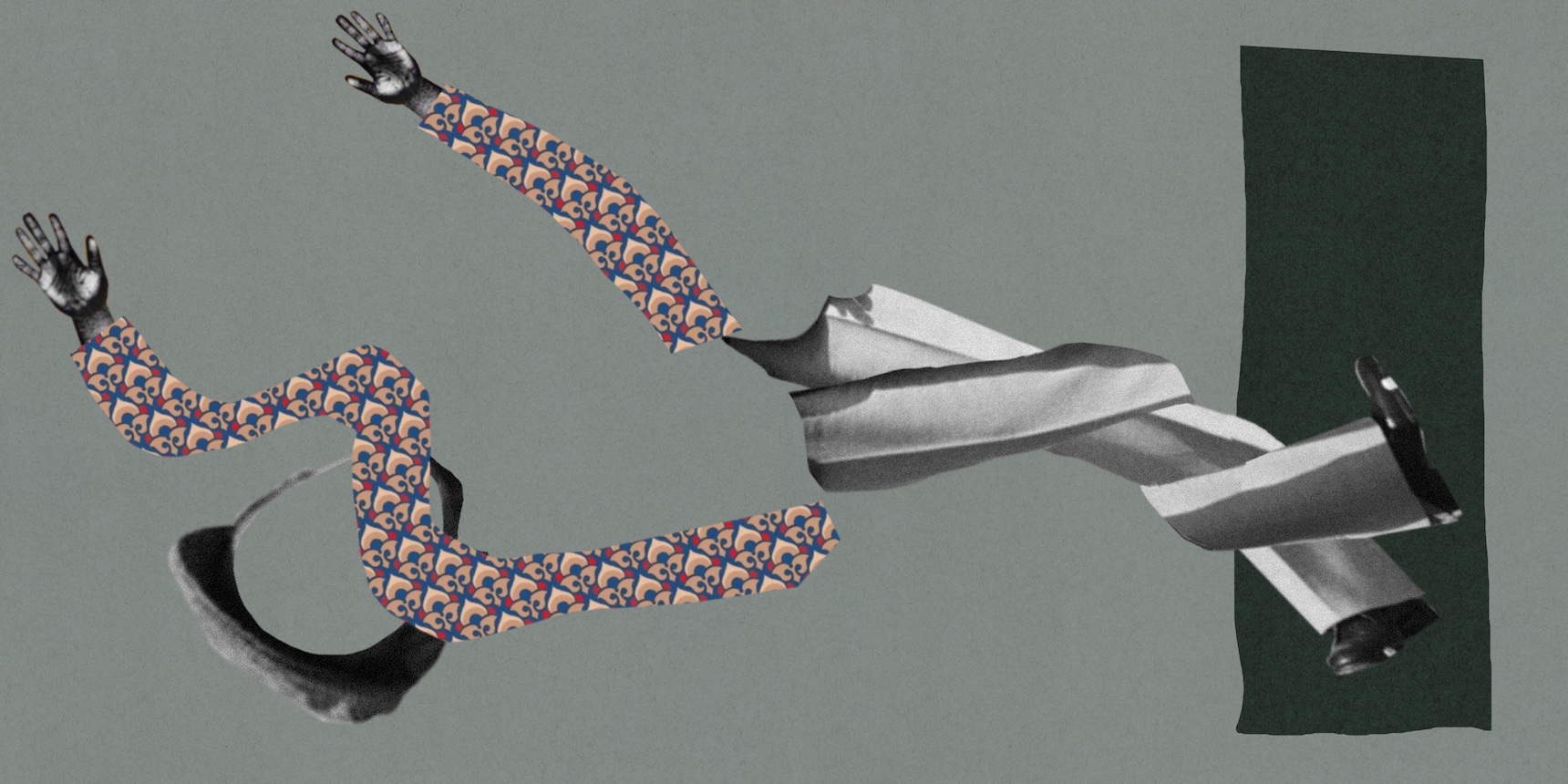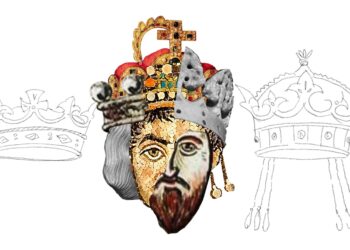
Reality is made up from mostly unseen things. Like atoms and electrons, these particles collide and form threads that remain invisible to us, yet impact and structure the environments we inhabit. In an everyday language we would call these threads culture or, perhaps even “Et cetera.” But for the Armenian reality, the infinite gamut of the “everything else” is, ironically, often conceptualized as anti-culture, since the latter is deemed to be that which is elevated, sacred and monumentalized. As a result, our cultural landscape and identity appear monolithic, unchanging and stagnant. From the mundane to the extraordinary, the topics addressed here reveal the remarkable dynamism of both historical, as well as contemporary Armenian social practices.
Headfirst Into the Rabbit Hole: An Ode to Cultural Anxiety
Self-pity and victimhood have served as comfortable escape routes from pervasive issues, however, in the current post-war reality there are clear signs that there is a desire to address the fault lines, to understand and rethink the reasons behind past failures, to stop and reflect.
Read moreThe Russian “Gift of Civilization” to Armenia: “Relocant” Edition
The unprecedented influx of Russian citizens due to the Russia-Ukraine war into states that were under Moscow’s rule for centuries, is often locally perceived as endangering the identity and undermining the independence of these states. Maria Gunko explains.
Read moreThe Now of Literature, After the War
How does war shape the collective narrative? How have Armenian writers since the 1990s approached the impact of multiple wars? Mariam Aloyan looks at Armenian “war literature” spanning generations and decades.
Read moreDon Quixote: Present and Absent in Armenian
The Armenian translation of Cervantes’“Don Quixote” has not yet reached readers, despite being a masterpiece of world literature. Aram Pachyan delves into the reason behind this.
Read moreA Vision of Power: The Royal Crowns of Cilicia
Crowns worn by monarchs reveal stories of hierarchy and power, providing insight not only to those who wore them, but the strata to which they belonged. Margarita Ghazaryan looks at the story of the royal crowns of the Armenian Kingdom of Cilicia.
Read more





